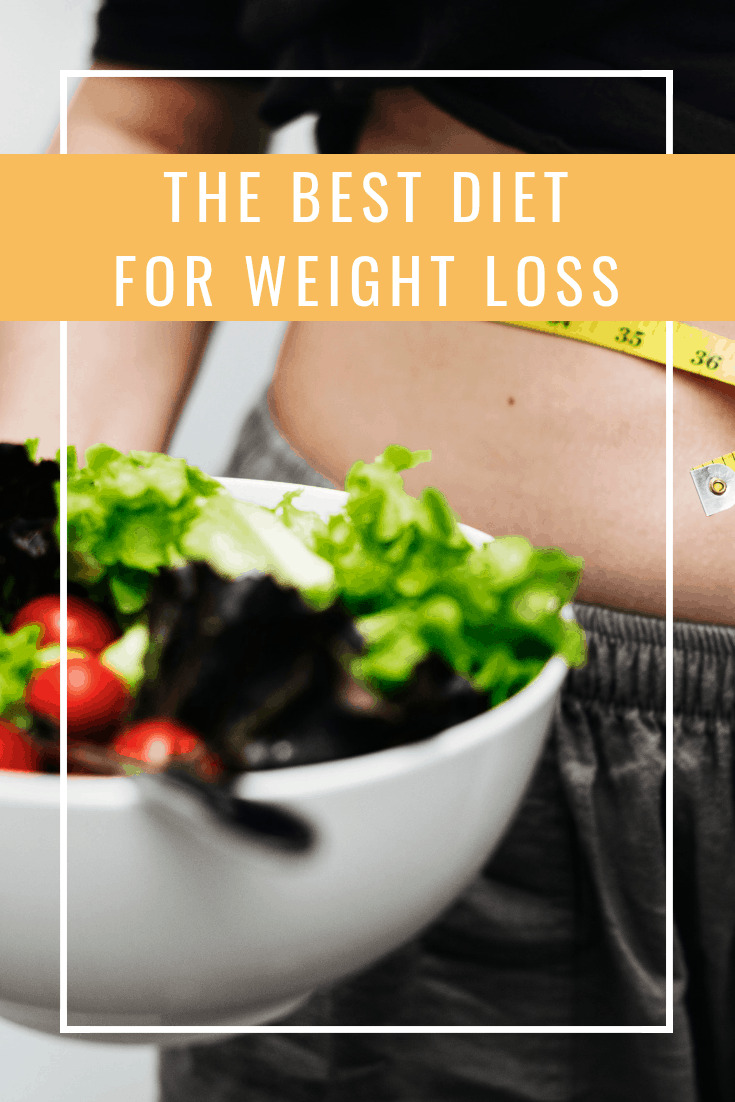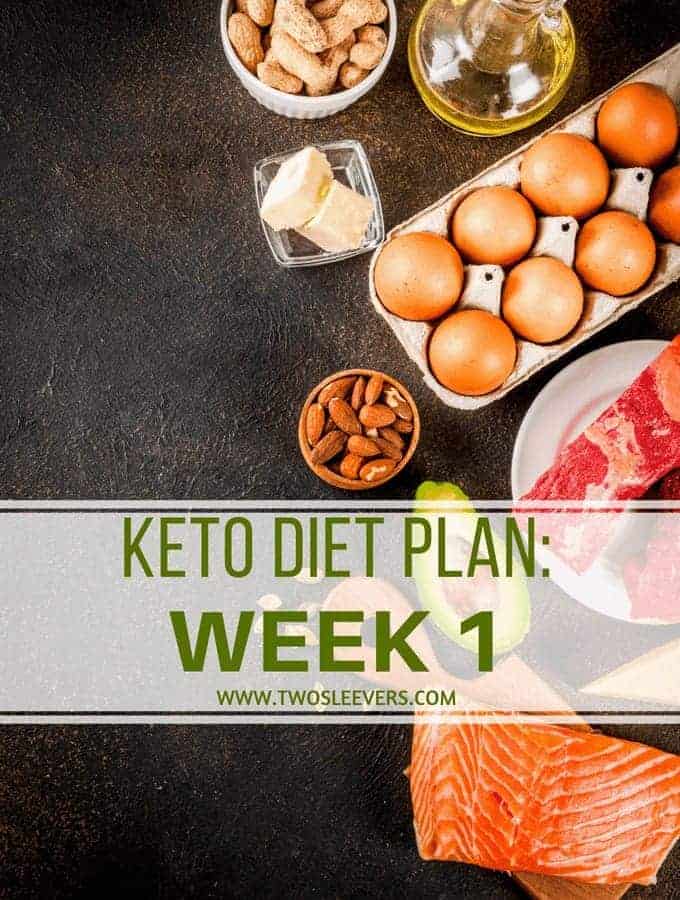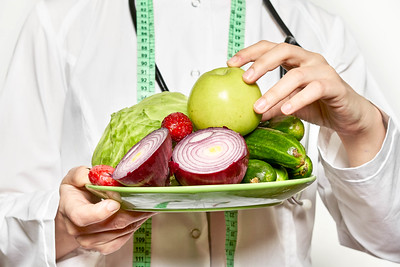
It does not matter if your goal is to lose weight or keep it that way. You should eat a variety of vegetables and protein-rich foods when planning your diet. These foods will help maintain a healthy weight, and prevent you from becoming deficient in nutrients.
A meal plan is a way to plan your diet meals. The Harvard University Healthy Eating Plate was one example. This plan gives you the recommended daily calories and the type of food you should be eating. You will also find information about the recommended daily intake of fruits and vegetables. This plan can be followed for up to a week, and you can then modify it to meet your goals.
One example is a diet plan that includes a hardboiled egg at breakfast, a tomato soup at lunch, and a mini Quorn-sausage roll for dinner. This plan will give you a satisfying meal with 478 calories per day. These foods can usually be found at most supermarkets.

A diet meal plan following the Harvard Healthy Eating Plate will have a large proportion of non-starchy and starchy vegetables. This is important as you should ensure that at least half of your plate is non-starchy. This is an essential part of your plan as you can't get enough fiber or other nutrients if you don’t include enough vegetables.
Atkins diet can also be followed. This plan is very similar to the 5:2 diet in that it is a part-time diet plan, and you will be able to eat normally on other days. However, the diet is very low-calorie, making it difficult to find creative ways to eat. You can find Atkins-approved foods in many supermarkets so you can easily find what you need.
Atkins can be used in conjunction with full-time job. Jaffa cakes can be eaten along with Jaffas and rice cake. A variety of fruits are also available, which can help you feel fuller longer. This diet is also extremely affordable. Low-calorie ice cream, yogurt and milk are available. There are many fruits and vegetables available in a range of flavors such as blueberries, strawberries and cranberries.
You can lose weight by choosing foods low in calories, but it is best to never skip a meal. Skipping meals will make your stomach growl and lead to an overeating lifestyle. It can also damage your metabolism, making it more difficult to lose weight.

A diet meal plan can be very creative, but it is important to remember that your diet should be balanced and nutritious. Be sure to include high-fiber foods, grains and fruits and vegetables.
FAQ
What is The 40 30 30 Diet?
The 403030 Diet Plan can help you lose weight quickly and keep it off for the rest of your life. This program is a combination three powerful strategies that will help you lose weight faster and control your appetite.
This program includes:
-
A food diary that tracks your daily calorie intake, and identifies hidden foods that can hinder your efforts.
-
An exercise regimen that combines strength training and cardio exercises to boost metabolism, reduce body fat, and increase endurance.
-
Based on your results, a personalized nutrition plan.
You'll receive weekly emails containing tips and motivation to keep you on your way to better health.
There's nothing to lose other than unwanted pounds.
How much food do I need every day?
Calorie needs vary depending on age, gender, activity level, size, and overall health status.
For adults to maintain their current weight, they need 1,200-1,800 calories each day.
Calories are made up of carbohydrates (starchy foods), fat, and protein.
Carbohydrates can be described as glucose, fructose and sucrose. Glucose supplies the majority of our energy. Fructose adds energy to the brains and nervous systems. Sucrose can be digested with both glucose or fructose.
Protein is essential for muscle building and tissue repair. You can find protein in meat, poultry eggs, eggs, milk and cheese as well as in yogurt, soybeans, legumes and soybeans.
Fat is essential for maintaining good health. Fat helps keep you fuller for longer and provides vital vitamins and minerals like vitamins E, D, and K, omega-6 and monounsaturated oil.
Also, fat helps to protect against cardiovascular diseases, high cholesterol and many other types of cancer.
Experts recommend that you limit your intake of saturated fats to 30% of your daily calories.
However, no evidence reducing saturated fat will lower your risk of developing cardiovascular disease.
A healthy diet should contain 20-35% of your daily calories from carbohydrates, 10%-35% from proteins, and 35%-50% of fat.
What foods clean arteries out?
Eating right is the best way to maintain a healthy heart. But what exactly does that mean? There are many ways you can do this. One way is to eat more vegetables and fruits.
Antioxidants found in fruits, vegetables and other foods help prevent and treat disease. Antioxidants can also help prevent cloggedarteries by fighting inflammation.
There are many other ways to lower cholesterol. If you cut back on saturated fats (like butter) and trans-fatty acids (found in fried food), you'll lower your chances of having a heart attack.
You can increase your fiber intake, which keeps blood flowing smoothly throughout your body. Fiber also lowers LDL levels -- the bad cholesterol that increases your risk for cardiovascular problems.
There are plenty of other factors that affect your heart health besides what you put in your mouth. You can develop heart disease by a variety of factors, including stress, smoking habits, lack of exercise and obesity.
Talk with your doctor to determine how much fiber and other nutrients are necessary for you to avoid developing cardiovascular disease. You might have to take medications or make lifestyle adjustments to remain healthy.
What is the best way to lose weight.
Losing weight is possible by eating less calories than you consume each day. This means eating smaller meals more frequently during the day.
Cut down on added sugars, fats, and calories to lower your calorie intake. Eating healthy foods such as fruits, vegetables, lean meats, whole grains, low-fat dairy products, nuts, beans, seeds, and fish can help you achieve your goals.
Healthy eating can help to prevent heart disease and type 2 diabetes, as well as cancer, osteoporosis (and other health problems).
You can add vitamins D, magnesium, zinc and probiotics to ensure you get enough nutrients.
Intermittent fasting, which is the most effective way to lose weight quickly, is one of the best diets. Intermittent fasting allows you to eat only during certain hours of the day.
People who follow this method typically eat five meals per week, with one meal at night. The rest of the meals are spread across the day.
Many people find this method less satisfying because they don't have to eat as much.
What 3 foods should cardiologists avoid?
Cardiology doctors recommend avoiding these three foods because they contain too much cholesterol and saturated fat.
The American Heart Association recommends limiting dietary intake of trans fats found in margarine and partially hydrogenated oils. Trans fats cause an increase in LDL (bad), but lower HDL(good) cholesterol. High levels of LDL cholesterol are linked to high blood pressure and heart disease.
Cholesterol levels can also be increased by high-fat dairy products like cream cheese, butter and ice cream. Certain dairy products can cause allergic reactions in some people.
LDL cholesterol levels increase and HDL cholesterol levels decrease with saturated fat. Saturated fat can be found in red meat, poultry and full-fat dairy products. It can be harmful if consumed in excess.
Reducing or eliminating animal products from your diet could improve cardiovascular health.
A simple change to the types of foods you consume can significantly reduce your chances of having a heart attack.
It's never too early to make positive life changes. Before beginning any new diet, it's important to check with your doctor.
What makes a vegan diet different from other diets and how can it be improved?
Vegan diets are different from all other diets in that they don't include meat, dairy, eggs, or any other animal products. As such, it excludes animal products which means that vegans avoid eating milk, cheese, butter, etc.
The only difference between vegans and others is that vegans don't consume meat, fish, or dairy products. Vegans may refer to themselves simply as vegetarians.
Vegans can also avoid honey, gelatines, leathers, silks, feathers, fur and cosmetics tested on animal species.
Veganism refers to a ethical diet that is compassionate for animals and concerned about environmental sustainability. It is against the consumption of animal products, due to the suffering and deaths caused by factory farming, as well as the damage done during slaughter with hormones, anti-biotics, and other chemicals.
Veganism is a belief in vegetarianism. This means that animal flesh and secretions are reduced, not eliminated.
Vegans generally consume a plant-based diet. However many vegans consume small amounts, such as nutritional supplement, fruits, vegetables and nuts.
Vegans are sometimes called "vegetarians" because they usually exclude meat, fish, and poultry. Technically vegans should avoid animal products such as dairy and eggs. But the term "vegetarian" is commonly used to refer to those who completely avoid these three categories.
Many people who describe themselves as vegans eat less than five ounces of meat per week (about 1/4 pound).
However, vegans sometimes include eggs and dairy products to supplement their protein intake. This is not a common practice.
Lacto vegetarians, also known as Lacto-ovos, eat dairy products and eggs. They avoid meat. They also eat poultry, shellfish, and insects. These individuals can be classified as flexitarians when it comes to meat but strictly follow a vegetarian lifestyle.
Ovo-lacto vegetarians avoid red meat and eat dairy products and eggs. They might also eat fish, shellfish, and poultry.
Pescatarians, who are vegetarians who eat fish, are also known as pescatarians. Pescatarians have to manage their cholesterol carefully because fish is high in fat. They typically eat only low-fat or non-fried varieties of fish.
Vegans can be further divided into two groups: strict and flexible. Strict vegans completely abstain from any animal product, including all forms of dairy and eggs. Flexible vegans limit how many animal products they consume. For example, they might only consume one egg every few months or skimmed instead of whole milk.
There has been an increase in plant-based diets over the past few years. This is because health-conscious consumers are looking to lose weight and manage their diabetes. Between 2007 and 2010, 50% more Americans ate a vegan diet. According to industry estimates, the number of vegans in America had reached 2.5 million by 2016.
Statistics
- Recommendation Saturated fat is less than 6% of total daily calories. (mayoclinic.org)
- Overall (tie) Whole30 lacks scientific support and is severely restrictive, according to the experts. (health.usnews.com)
- The ideal amount of protein at breakfast is about 30 grams, according to a 2018 review by nutrition researchers at Purdue University. (prevention.com)
- *Note: The 2020-2025 Dietary Guidelines for Americans recommend limiting saturated fat to less than 10% of total daily calories. (mayoclinic.org)
External Links
- Amazon.com – Amy's Soup (Vegan, Organic Minestrone), (Pastas, Beans and Veggies), 14.1 oz, (12 Packs) : Vegetables Soups - Everything Else
- Amazon.com Joseph's Low Carb MINI pita bread 3-pack, Flax Oat Bran, Whole Wheat, 5g Carbs per Serving, Fresh Baked (8 per Pack, 24 MINI pita breads total) : Grocery & Gastronomy Food
How To
Healthy Eating Guidelines For Kids
For children to be healthy, they need a well-balanced diet. Children who eat well grow up to be healthier adults. These are some guidelines for feeding children.
-
Limit sugary drinks Sugary beverages are responsible for more than half of the added sugar intake in kids aged 2-18.
-
Limit juice. Juice is loaded with empty calories and little nutrition.
-
Avoid fried foods. Fried foods contain saturated fats and trans fats, increasing blood cholesterol levels and raising heart disease risk.
-
Consume whole grains. Whole grains contain important nutrients such as dietary fibre, B vitamins and magnesium. They also provide protein and zinc.
-
Get plenty of fresh fruits and vegetables. Fresh fruits and vegetables are loaded with vitamins, nutrients, and fiber. They also contain less sodium than processed or packaged foods.
-
Lean meats are better. Lean meats provide high-quality protein and are low in calories.
-
Be cautious with snack foods. Snacks add extra calories and unhealthy ingredients to meals. Many snack products are made with refined flour, hydrogenated oils, artificial colors, and preservatives.
-
Your child should eat breakfast every morning. Breakfast helps kick start the metabolism and gives them enough fuel for daily physical activity.
-
Explore new recipes. Experiment with different recipes to find ones your family likes. Try adding spices and herbs to dishes to change the flavor profile.
-
Get active. It is important to be active as a child. It improves concentration, memory, and mood. Exercise can also help you control your weight.
-
Get outside. Get outside and enjoy the beauty of nature. Enjoy the outdoors by hiking, biking, swimming or simply enjoying the great outdoors.